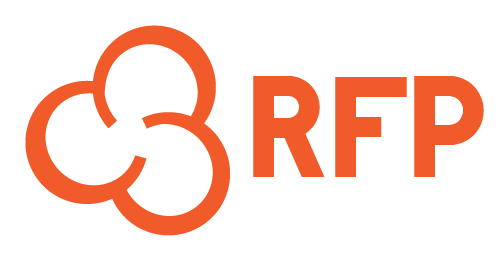Requests for Proposals (RFPs) are key business documents which allow organizations to find the best vendors to meet their needs – whether they’re looking for a new piece of software, catering services, PPE, or just about anything else. As anyone who’s tackled an RFP knows, they are substantial and often overwhelming documents which can vary tremendously in their style and clarity.
This brief guide is intended to kick-start your next purchasing project by reminding you of the RFP basics, and offering some concrete tips on getting the most out of your next RFP!
What’s an RFP?
Organizations issue RFPs when they want to buy a product or service. RFPs allow organizations to specify their needs and concerns and consider multiple bids from different vendors. At best, this puts vendors on equal footing, and allows organizations to find solutions that are well-tailored to their needs.
Ideally, RFPs that are prepared well will generate multiple bids from vendors, and offer issuing organizations choices when it comes to evaluating and selecting a product or service. Unfortunately, RFPs that are too generic, are unclear, or do not reach the right vendors can fail to generate responses. This is a colossal waste of time and money that leaves you back at square one.
What makes for a successful RFP?
A successful RFP is foremost one that generates responses and leaves you with compelling options when it comes to selecting a vendor. To accomplish this, an RFP has to strike the balance between structure and clarity about your organization’s needs on the one hand, and the flexibility and open-endedness necessary to generate interesting solutions and proposals on the other.
The first and most important step in getting started is to consider your organization’s priorities. This means thinking about everything from what your organization wants versus what it truly needs, to pricing parameters, and the selection criteria you’ll use to evaluate submissions.
At a minimum, any RFP should include the following elements:
- Background on your organization
- Project goals
- Selection timeline
- Submission guidelines
- Specifications on what submissions should include
- Evaluation criteria
- Pricing questions
Tips for your next project
When it comes to crafting an RFP, you may be tempted to reach for an old document or template – something you’ve used in the past for another purchasing project – or to try to track down a sample from a colleague or another organization in your industry. This can be useful to provide you with a sense of where to begin, but it can also leave you with documents that don’t apply to your unique goals and needs. You’ll have to cut and paste text between various sources to create your RFP and wonder if you’re using the most pertinent and up-to-date language and terminology. Instead, consider these approaches to getting started:
- Issue a Request for Information (RFI) to solicit ideas and information prior to developing the more tailored RFP. This will give you a chance to refine your goals and parameters in the context of real vendor options. It will also let you preview the latest details from vendors.
- Be as clear as possible on your organization’s aims and needs before getting started. There’s no right or wrong – just what works for you. It’s worth taking the time to query stakeholders and make detailed notes before getting bogged down in RFP document details.
- When you do get writing, be specific and be transparent. This will generate vendor responses that are closely tailored to your needs.
- Save time by using standard sections, questions, and models wherever possible. In particular, leverage the current purchasing terms and procurement language from experts, as well as the details related to your purchase area. To do so, consider using RFP Software like Popcorn RFP which generates up-to-date, industry-specific content, rather than relying on found templates.
We’re here to help! Popcorn RFP is purpose-built software designed to alleviate many of the common challenges organizations have experienced with enterprise procurement and help do RFPs faster, smarter, and collaboratively. Send us an email and let us know how we can help with your next RFP project!











